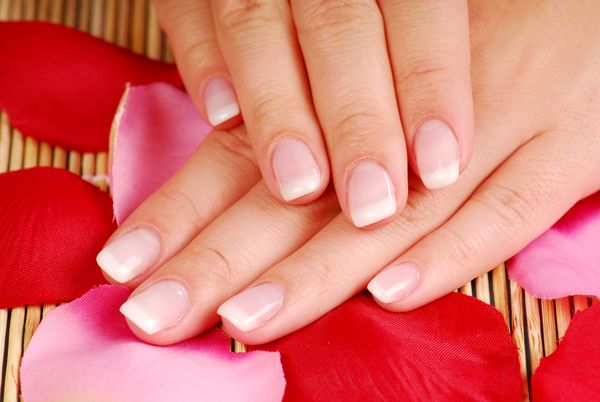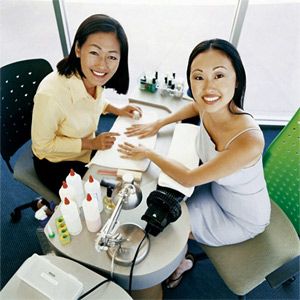Regardless of whether wild horses couldn't drag you away from your weekly manicure or your nail care arsenal contains only nail clippers and maybe a nail file, caring for your fingernails and the skin around them is important to your overall health. One annoying problem that even the most carefully groomed hands encounter is the dreaded hangnail. Though hangnails may seem rather insignificant in the grand scheme of health problems, they can become infected and lead to a handful of other issues. Fortunately, there are many ways to avoid hangnail hazards.
Hangnails actually don't have anything to do with your fingernails. Many people confuse hangnails with ingrown nails, a condition in which the corner of your nail grows into the soft skin of your nail bed [source: Mayo Clinic]. In fact, hangnails are the dry, sometimes brittle triangular-shaped tags of skin around your fingernails that can tear off [source: Stedman's Medical Dictionary]. Because there are many different causes of hangnails, everyone gets them occasionally. But chronic, consistent hangnails can lead to bigger problems.
Advertisement
When the skin around your fingernails tears off, it opens the door to infection, especially when you consider all the bacteria your hands are exposed to every day, not to mention dishwater, cold weather and all the other things that dry out your hands in the first place. Fortunately, there are quick and easy ways to prevent hangnails that range from moisturizing often to pampering your hands with cuticle soaks and manicures.
If you just can't beat hangnails, there are also easy ways to treat them. Antibacterial lotions can often do the trick, and in more serious cases, a prescription antibiotic might be in order.
Of course, before you can avoid hangnails, you need to know what causes them. Keep reading to discover the common culprits.
Advertisement



